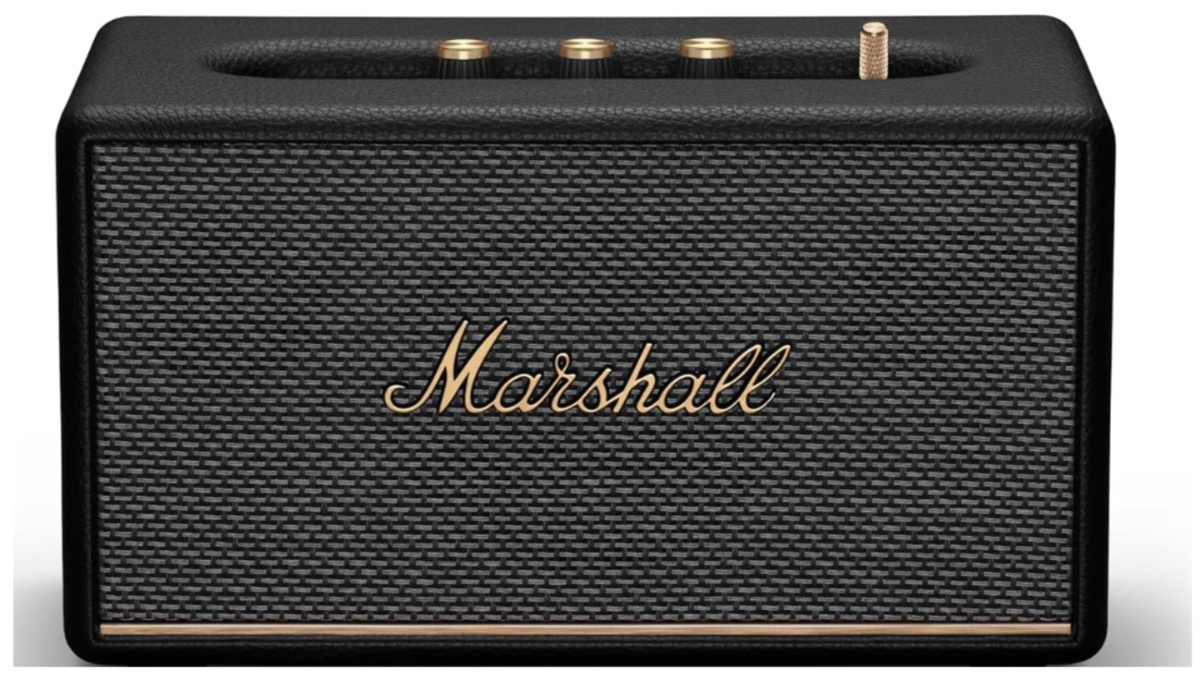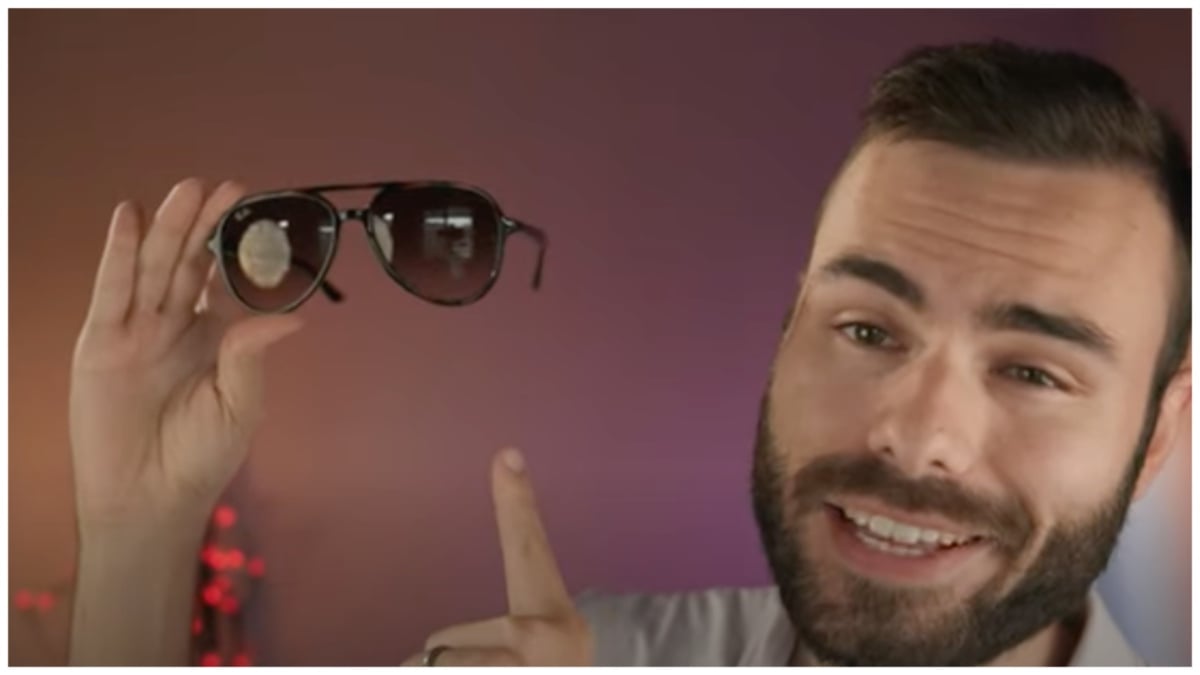This story features explicit sexual images from a graphic novel.
Truly disturbing times are ahead for school systems in the United States. Calls for censorship are on the rise in school board meetings, with cries from parents to pull LGBTQ memoirs and Black writers. What once started as a classic case of parents censoring reading material for other families’ kids has since ballooned into much more dangerous territory, after a violent right-wing militia descended onto an Illinois school board meeting to harass students supporting a trans writer’s memoir.
These growing demands to strike marginalized voices from libraries and school curriculums are flirting with promises of violence. Now the government is getting involved in the situation, but for marginalized writers and students, politicians are not on their side.
In November, Texas’ Gov. Greg Abbott (R) called on the state’s education organizations to “ensure that no Texas child is exposed to pornography or obscene content while in a Texas public school.” South Carolina’s Republican Governor Henry McMaster similarly requested his state’s Department of Education to remove nonbinary artist and writer Maia Kobabe’s coming-of-age memoir Gender Queer for having “obscene and pornographic” material that could “cause harm to our children or put obstacles in their path as they grow up.” Meanwhile, Republican lawmakers in Georgia are drafting up a bill for next year to “ensure obscene materials have no place in public schools.” And perhaps most shockingly of all, the Iowa Senate president, also a Republican, argued schools that offer “obscene” books to their students should face felony charges, declaring that the Iowa legislative chambers are ready to make that aspirational policy a reality.
As I discussed earlier for We Got This Covered, this public outrage is not in good faith. Many of the “obscenity” claims specifically target Gender Queer, which is far from pornographic: The book explores a nonbinary person coming to terms with their gender identity and sexuality, including a momentary depiction of strap-on oral sex with a partner. Yet far-right opponents have equated the book to hardcore pornography. One parent even called for criminal prosecution, alleging the book encouraged pedophilia. That claim is not based in any sort of factual reality. See the gallery below for the extent of Gender Queer’s content.
(Warning: The gallery includes NSFW images.)
Indeed, obscenity allegations all target works by marginalized audiences that challenge the status quo in America. One Texas school district’s high school curriculum ban targeted Carmen Maria Machado’s queer memoir In the Dream House, which explores the author’s experience with abuse in a lesbian relationship. For lesbians like myself, who have also experienced abusive treatment by other queer women, Machado’s work brings badly-needed recognition and acknowledgment. Yet a parent deemed Machado’s book and other works obscene, decrying them as “way more graphic and disgusting than a lot of movies that are out.”
Along with Gender Queer, other popular books hit with obscenity claims include Toni Morrison’s Beloved, which explores slavery’s grotesque traumas and its impact on a late 19th century Black family, and Angie Thomas’ award-winning young adult novel The Hate U Give, which tackles a young teen seeking justice after witnessing her best friend’s murder at the hands of a racist white police officer. Both books discuss sexuality; Beloved examines how sexual abuse and trauma are innately connected to white supremacist control over its Black characters while The Hate U Give looks at a young Black woman’s relationship with sexual consent and boundaries amid the larger, overarching trauma of police violence throughout the book.
The backlash against these writers of color is rooted in growing right-wing antagonism against fiction and nonfiction works that explore the ways U.S. institutional and cultural forces reinforce racism on a social, economic, and cultural level. Called critical race theory, the term has since become a boogeyman for conservative-leaning parents in school board meetings. And while traditional obscenity claims tend to focus on sexual material in books, works like The Hate U Give and Sherman Alexie’s The Absolutely True Diary of a Part-Time Indian, both of which were targeted in Iowa, have faced scrutiny for discussing both racism’s sociocultural roots and its protagonists of color’s relationship with sex.
“Obscenity” claims aren’t new red flags for censorship watchdogs. Works that are “obscene” are not protected under the First Amendment, and so censorship of obscene material is generally considered fair game. Proving a work is obscene requires meeting the three-pronged Miller test outlined by The First Amendment Encyclopedia, which judges art based on:
whether the average person applying contemporary community standards would find the work, taken as a whole, appeals to the prurient interest
whether the work depicts or describes, in a patently offensive way, sexual conduct specifically defined by the applicable state law; and
whether the work, taken as a whole, lacks serious literary, artistic, political or scientific value.
In a 2008 academic essay, Hofstra University Professor Elizabeth M. Glazer argues that censorship of queer material is not just part of the Miller test’s history, but that the doctrine itself “has fostered a tradition of censoring homosexual content.” Glazer reveals how obscenity cases both targeted queer adults creating adult artwork for other queer adults, as well as gay magazines that did not exclusively focus on 18+ material. No better example exists than 1957’s federal court of appeals case One, Inc. vs. Olesen, when One: The Homosexual Magazine was seized by Los Angeles’ postmaster for its “obscene, lewd, lascivious and filthy” material. The magazine was one of the first in the U.S. to strive for gay acceptance, prompting the obscenity charge. At the time, a 21-year-old lesbian’s article “Sappho Remembered” was deemed “cheap pornography” by the case’s judge for celebrating her coming into her own sexuality.
While obscenity cases have been on the decline over the years, and not all of those cases have ended badly for LGBTQ artists, Glazer nonetheless stresses the “collateral effects of the obscenity doctrine’s current application have discriminated against gays and lesbians.” The 21st century push to describe queer works and stories by writers of color as “obscene” obviously follows in the mid-20th century’s lineage: “Obscene” is a legal term, not just a strongly worded condemnation. By depicting Gender Queer as pornography for exploring queer coming-of-age sexual experiences, censorious parents can begin to build a legal argument to block Kobabe and other creators’ work. After all, “obscene” is in the eyes of the beholder, and it’s easy for a mob of censorious parents to claim they represents “contemporary community standards.”
Remember: It’s not just queer books that have been targeted as “obscene” by parents. Beloved specifically outlines the relationship between white supremacy and sexual abuse, and how sexual trauma haunts a Black family after slavery. Obscenity claims have been similarly levied against Morrison’s The Bluest Eye, which explores the relationship between sexual desire, sexual abuse, and white beauty standards. When censors can find a work of Black literature to target and censor under obscenity claims, they will try to pull it from bookshelves.
Readers of color have a fundamental right to read and access books by writers who look like them, who can speak to their life experiences, and to their families’ life experiences. Morrison, a titan in her field, gave many Black students a voice and an ear over the past half century for both of these things, and the world is a far better place for the Black writers she inspired with her literature.
To the same extent, queer creators speak to queer youth too, often filling in the blanks on the unique coming-of-age experiences we go through, ones absent from our classrooms’ discussions on growing up, facing adulthood, navigating queer desire, and, yes, even queer sex education. Reading Fun Home by Alison Bechdel in college made me better understand my own relationship with queerness, and how desire — to be queer, to connect with other queer people, or to simply find belonging in one’s family, chosen or otherwise — is not so simple when shame is waiting in the wing.
And yes, censorship toward queer readers and readers of color are not two separate problems. It should come as no surprise that George M. Johnson’s All Boys Aren’t Blue, a memoir and essay collection that centers on Black queer life, is one of several books that has faced obscenity claims over the past year. Young queer readers of color face a double bind and are uniquely vulnerable in these calls for censorship.
Marginalized youth deserve access to these stories. But if conservative politicians and Republican parents have their way, book bans and obscenity cases will be back across America’s red states. The damage this would do to today’s youth is severe. Censorship would cut off marginalized teens and kids from the voices they need to hear the most in their lives, the ones that, for writers like myself, spoke truth to power when we didn’t have a voice.




















Published: Dec 6, 2021 04:13 pm